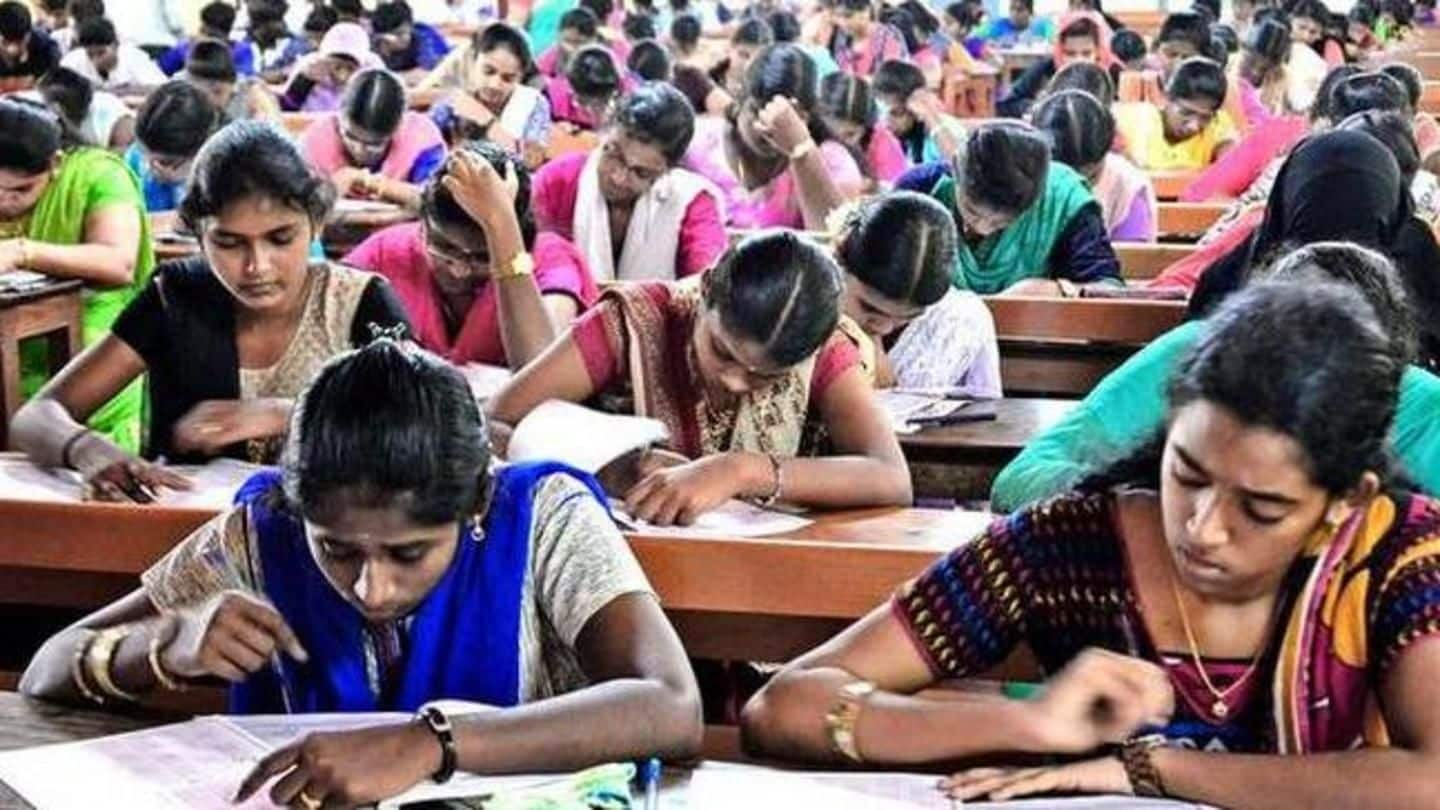
All you need to enter medical is 16.5% in NEET
What's the story
The NEET decides admissions into India's medical colleges. Accordingly, one would expect it keeps away undeserving candidates from becoming life-saving doctors. But cutoffs in recent years, and especially this year, have put this claim into question: from 2017's 131/720 (for general students), it has fallen to 119. So possibly, the doctor treating you 10 years later scored just 16.5% in the NEET.
History
How did things reach this place?
The NEET (National Eligibility cum Entrance Test) replaced the All India Pre-Medical Test (AIPMT) in 2013 for admissions into graduate/postgraduate medical courses in colleges under the Medical/Dental Council of India. Initially, a general candidate needed 50% marks, or 360/720, to make the cut. A reserved-category candidate needed 40%, or 288/720. But in 2016, they changed the cutoff criteria.
Change
So what changed in 2016?
Now, a general candidate simply needs to be in the 50th percentile, and a reserved-category candidate in the 40th. Percentile refers to what proportion of the population falls below that level. Someone securing 90th percentile means 90% candidates scored lower than them. So if 10 students scored 100/720, the highest marks, it would place them in the topmost percentile, but with only 13% marks.
Implication
What does this mean for students?
For most exams, 40% is the minimum required to pass. In NEET, if students got exactly 40% answers correct, with the negative marking system in place, they would score 180/720, or 25%. But this year's general cutoff (119) means someone needed only 33% answers right to clear the exam. For reserved categories with cutoff of 96/720, one needed to answer 55 questions (30%) correctly.
Subjects
Candidates are also scoring zero in individual subjects!
It becomes worse: out of 180 questions, there are 45 each from physics and chemistry and 90 from biology, but NEET doesn't have separate cutoffs for different subjects. Under the negative marking system, students get four marks for every correct answer, minus one for each incorrect one. So someone who answered 60 questions correctly, scoring zero in physics and chemistry, would also score 120.
Do you know?
But that isn't the only impact
With roughly 60,000 MBBS seats available across India, last year's cutoffs meant 10 eligible students for every seat. It saw affluent candidates buying their way into medical colleges, while poor ones had to give up their seats because of high fees.
Trend
This isn't even the first time such trends have happened
This trend has been seen since 2016. That year, 50th percentile for general candidates meant 145/720 (20%), and 40th for reserved-categories meant 118 (16.4%). In 2017, marks fell further: general cutoffs dipped to 131 (18.3%) and reserved-category cutoffs to 107 (14.8%). Last year, more than 4,300 students who scored 180 or less got admitted into MBBS courses.
Conclusion
This calls for accountability and immediate correction
"Students're expected to get minimum 40-50% to get into medicine. With this flawed criteria, we saw students with low scores getting into medical colleges," Dr Raj Bahadur, VC, Baba Farid University of Health Sciences, had said earlier this year. Other personalities too criticized it, but there's no talk yet of change. However, human life is too precious to be handed over to incapable professionals.